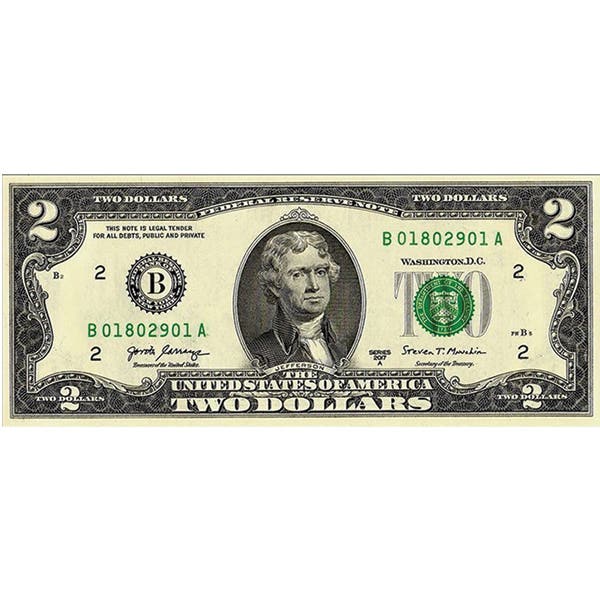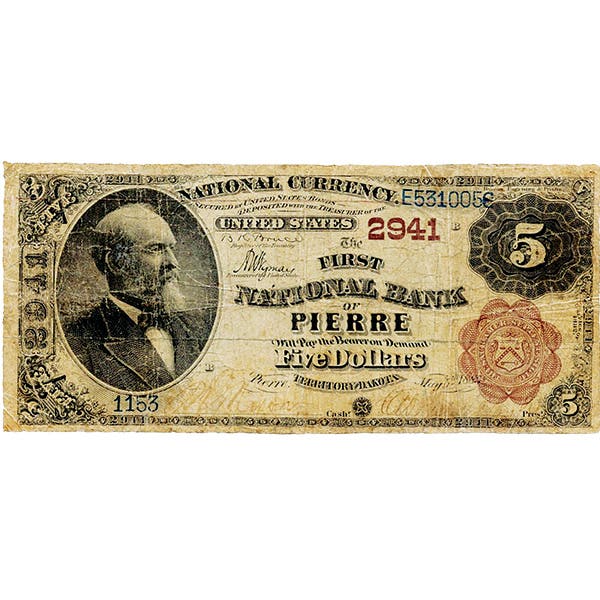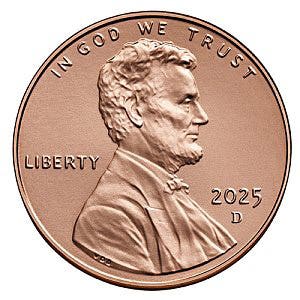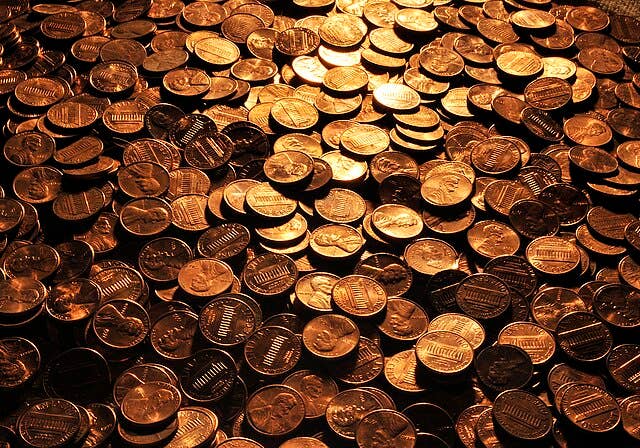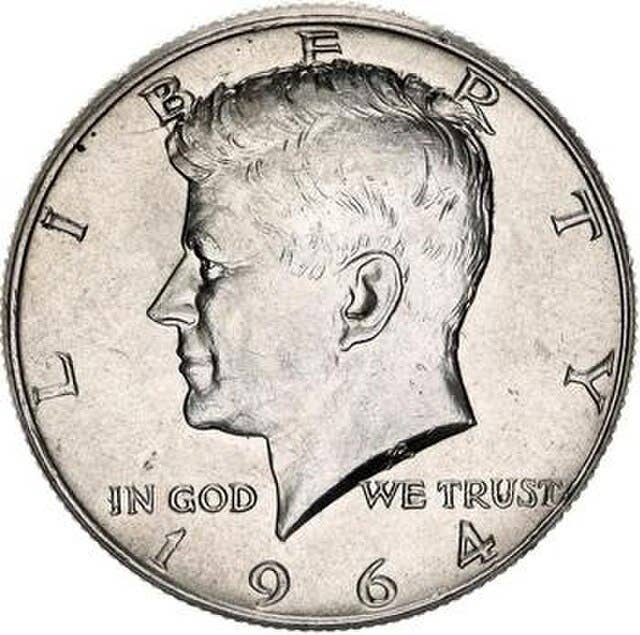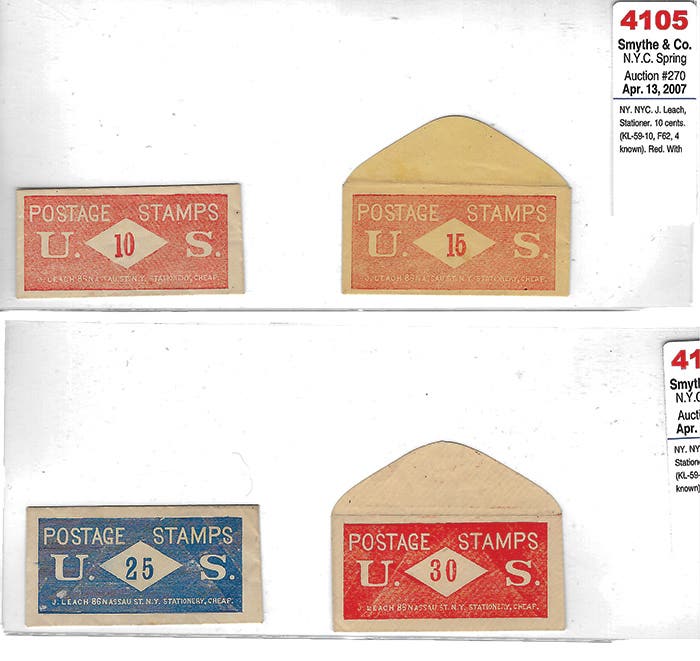More Graphic the Variety, More Attention it Garners
Why are some varieties listed in various coin catalogs, while there are other varieties that are only listed in more specialized publications? Coin catalogs typically will identify all coin types,…
Why are some varieties listed in various coin catalogs, while there are other varieties that are only listed in more specialized publications?
Coin catalogs typically will identify all coin types, but only what are considered to be major, popular and more expensive varieties. Another factor is eye appeal. If the variety is something as graphic as a buffalo balancing on three legs, this is likely going to gain more attention than if a doubled lens resembles the eye of an alligator on the bust of Liberty. The buffalo variety can be seen without magnification, while the alligator eye can’t.
Some of the so-called minor varieties that only appear in specialized catalogs can beß expensive. Why wouldn’t these be considered important enough to be listed in more general catalogs?
It is up to the cataloger to determine which varieties should be listed and which should not. Some “minor” varieties still command high prices, either due to interest among specialists or due to publicity given to the variety.
Wouldn’t it be healthier if we began using polymer rather than cotton-blended paper for our bank notes?
There are recent studies that suggest countries that have switched from cotton-blended paper to plastic polymer found less pathogens present on their “paper money” than is otherwise encountered. Regardless, the World Health Organization and others have concluded that coins and bank notes are not successful disease carriers.
Coin collectors were blamed for the coinage shortage during the 1960s. What was the real reason?
The problem was primarily the same problem as was faced in 1853 – the rising intrinsic value of the content of many coins as compared to their legal tender face value. It became more profitable to scrap the coins than to spend them.
Inflation is always going to be a problem, meaning our coins eventually have so little spending power they become obsolete. Wouldn’t reviving specie coinage be better than introducing ever-increasing coin (and bank note) denominations?
The problem with specie coins in the 21st century is their intrinsic value, which changes by the minute when commodity markets are open. The only possible long-term option that might work would be to issue coins that equate to a service, such as a coin valued at one loaf of a specific type and weight of bread. This too could become susceptible to inflation, but it might be more challenging to do so.




